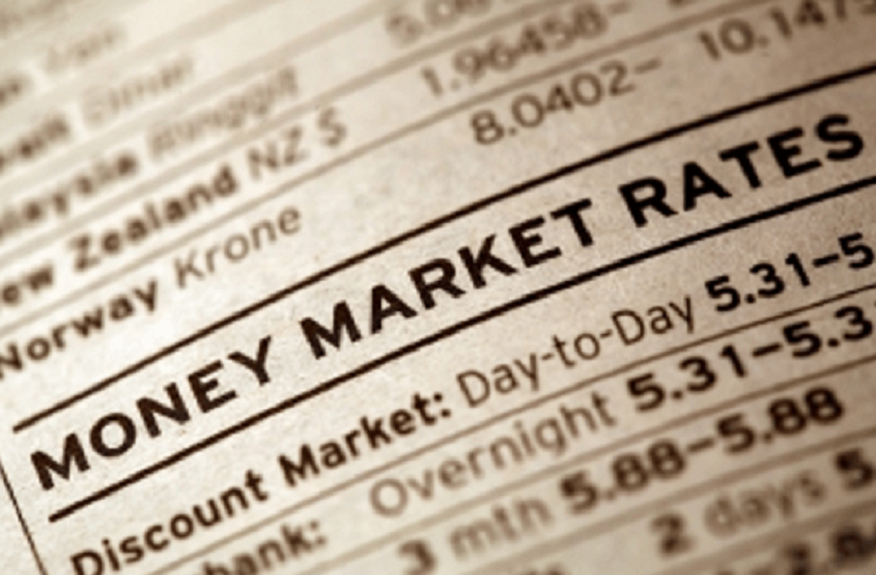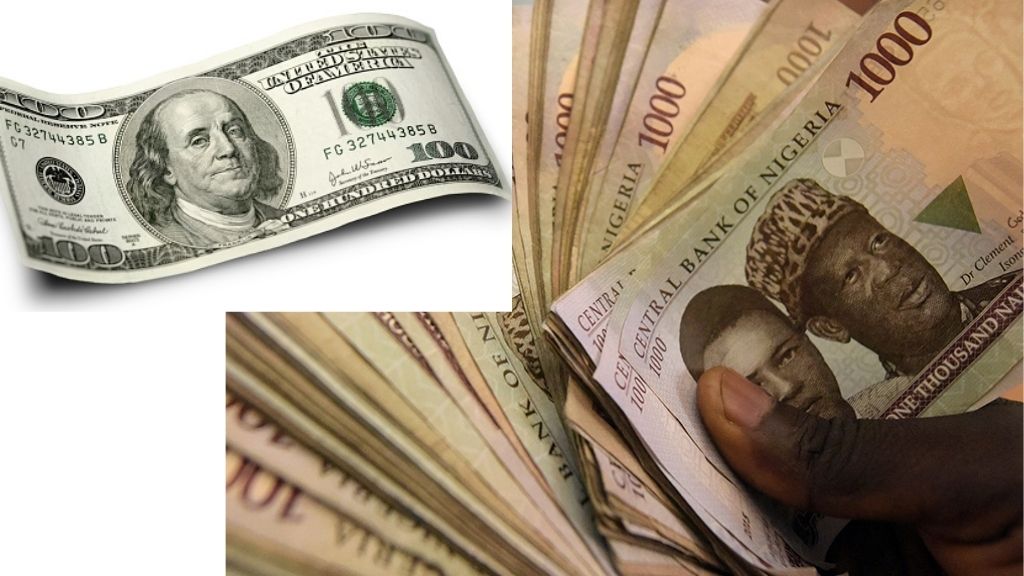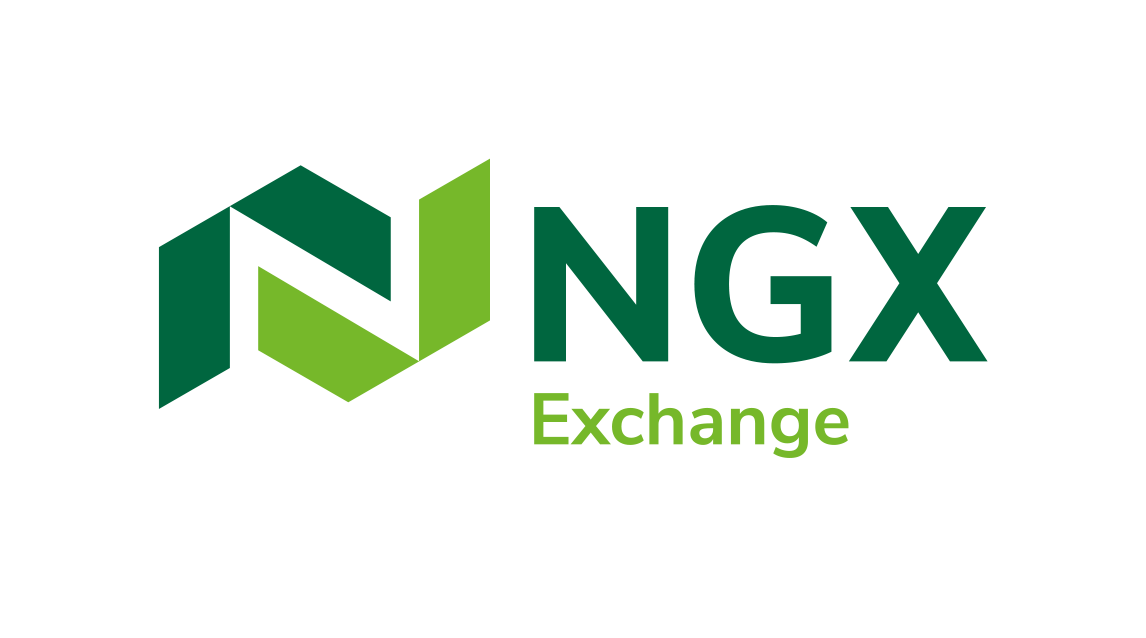Economy
Risks and Collective Investment Schemes: A Case for Money Market Funds

Asset management companies in Nigeria are increasingly offering money market funds (MMFs) as an asset class to reach the country’s risk adverse retail market. These funds – which are perceived to be low risk alternatives to other more traditional asset classes, account for over 70% of collective investment schemes and 25% of non- pension assets under management.
In particular, MMFs offer comparable yields to short-term government securities, with an annualised yield of circa 13.2% as at Q1 2019, higher than the 11.3% on 90-day treasury bills as at the same date.
In managing these funds, asset managers have traditionally conformed to higher credit standards above the benchmarks, with most holding over 65% of net assets in risk free securities and other highly rated securities (above the benchmark of Bbb), resulting in a superior risk reward profile when compared with a number of investment vehicles.
Consequently, money market funds operating within these investment constraints typically have investment grade ratings from Agusto & Co., Nigeria’s foremost rating agency. As at 31 March 2019, Agusto & Co had live ratings for 14 of the 18 registered money market funds in Nigeria
Table 1: Fund Risk Rating League Table – Money Market Funds
| S/N | Fund | Fund Size ₦ Million | Agusto Fund Risk
Rating |
| 1 | Stanbic IBTC Money Market Fund | 253,221 | Aa(F) |
| 2 | ARM Money Market Fund | 52,920 | Aa(F) |
| 3 | FBN Money Market Fund | 137,501 | Aa-(F) |
| 4 | Abacus Money Market Fund | 9,889 | A+(F) |
| 5 | AXA Mansard Money Market Fund | 26,074 | A(F) |
| 6 | United Capital Money Market Fund | 3,581 | A(F) |
| 7 | Chapel Hill Denham Money Market Fund | 1,306 | A(F) |
| 8 | Meristem Money Market Fund | 761 | A(F) |
| 9 | EDC Money Market Fund (A) | 6,052 | A-(F) |
| EDC Money Market Fund (B) | 465 | A-(F) | |
| 10 | Zenith Money Market Fund | 6,847 | A-(F) |
| 11 | Coronation Money Market Fund | 5,653 | A-(F) |
| 12 | Cordros Money Market Fund | 5,261 | A-(F) |
| 13 | Legacy Money Market Fund | 1,499 | A-(F) |
| 14 | GDL Money Market Fund | 866 | Bbb+(F) |
Source: Agusto & Co and Securities and Exchange Commission (Information as at 29 March 2019)
An Agusto & Co fund risk rating assesses exposure to downside (loss of principal) risk based on a portfolio’s investment strategy and guidelines. In particular, we assess a Fund’s exposure to credit, liquidity, interest rate, currency and pricing risks.
Money market funds are set to continue to dominate the collective investment schemes market in the short to medium term, accounting for a projected 28% of total non-pension AuM by 2021 (2018: 25%), with at least three additional MMFs expected to launch in 2019 alone. Our expectation is supported by the current high-risk environment, which has resulted in many investors being more conservative and seeking risk averse asset classes away from traditional fixed income and equity instruments.
Money market funds continue to appeal to a broad spectrum of customers ranging from institutional investors to HNIs and the mass affluent. Furthermore, these funds target members of the general public, with many MMFs having a minimum investment range of ₦5,000 – ₦10,000.
We expect these funds to continue to drive retail participation in the Nigerian capital market, given the current macroeconomic headwinds that continue to hamper the performance of other traditional investment outlets. We believe that in the long term, Money Market Funds may represent the silver lining in mobilising savings and creating a huge pool of investible funds while also creating a new culture of savings and investments.
Economy
Okitipupa Plc, Two Others Lift Unlisted Securities Market by 0.65%

By Adedapo Adesanya
The NASD Over-the-Counter (OTC) Securities Exchange recorded a 0.65 per cent gain on Friday, December 13, boosted by three equities admitted on the trading platform.
On the last trading session of the week, Okitipupa Plc appreciated by N2.70 to settle at N29.74 per share versus Thursday’s closing price of N27.04 per share, FrieslandCampina Wamco Nigeria Plc added N2.49 to end the session at N42.85 per unit compared with the previous day’s N40.36 per unit, and Afriland Properties Plc gained 50 Kobo to close at N16.30 per share, in contrast to the preceding session’s N15.80 per share.
Consequently, the market capitalisation added N6.89 billion to settle at N1.062 trillion compared with the preceding day’s N1.055 trillion and the NASD Unlisted Security Index (NSI) gained 19.66 points to wrap the session at 3,032.16 points compared with 3,012.50 points recorded in the previous session.
Yesterday, the volume of securities traded by investors increased by 171.6 per cent to 1.2 million units from the 447,905 units recorded a day earlier, but the value of shares traded by the market participants declined by 19.3 per cent to N2.4 million from the N3.02 million achieved a day earlier, and the number of deals went down by 14.3 per cent to 18 deals from 21 deals.
At the close of business, Geo-Fluids Plc was the most active stock by volume on a year-to-date basis with a turnover of 1.7 billion units worth N3.9 billion, followed by Okitipupa Plc with the sale of 752.2 million units valued at N7.8 billion, and Afriland Properties Plc with 297.3 million units sold for N5.3 million.
In the same vein, Aradel Holdings Plc remained the most active stock by value on a year-to-date basis with the sale of 108.7 million units for N89.2 billion, trailed by Okitipupa Plc with 752.2 million units valued at N7.8 billion, and Afriland Properties Plc with a turnover of 297.3 million units worth N5.3 billion.
Economy
Naira Trades N1,533/$1 at Official Market, N1,650/$1 at Parallel Market

By Adedapo Adesanya
The Naira appreciated further against the United States Dollar at the Nigerian Autonomous Foreign Exchange Market (NAFEM) by N1.50 or 0.09 per cent to close at N1,533.00/$1 on Friday, December 13 versus the N1,534.50/$1 it was transacted on Thursday.
The local currency has continued to benefit from the Electronic Foreign Exchange Matching System (EFEMS) introduced by the Central Bank of Nigeria (CBN) this month.
The implementation of the forex system comes with diverse implications for all segments of the financial markets that deal with FX, including the rebound in the value of the Naira across markets.
The system instantly reflects data on all FX transactions conducted in the interbank market and approved by the CBN.
Market analysts say the publication of real-time prices and buy-sell orders data from this system has lent support to the Naira in the official market and tackled speculation.
In the official market yesterday, the domestic currency improved its value against the Pound Sterling by N12.58 to wrap the session at N1,942.19/£1 compared with the previous day’s N1,954.77/£1 and against the Euro, it gained N2.44 to close at N1,612.85/€1 versus Thursday’s closing price of N1,610.41/€1.
At the black market, the Nigerian Naira appreciated against the greenback on Friday by N30 to sell for N1,650/$1 compared with the preceding session’s value of N1,680/$1.
Meanwhile, the cryptocurrency market was largely positive as investors banked on recent signals, including fresh support from US President-elect, Mr Donald Trump, as well as interest rate cuts by the European Central Bank (ECB).
Ripple (XRP) added 7.3 per cent to sell at $2.49, Binance Coin (BNB) rose by 3.5 per cent to $728.28, Cardano (ADA) expanded by 2.4 per cent to trade at $1.11, Litecoin (LTC) increased by 2.3 per cent to $122.56, Bitcoin (BTC) gained 1.9 per cent to settle at $101,766.17, Dogecoin (DOGE) jumped by 1.2 per cent to $0.4064, Solana (SOL) soared by 0.7 per cent to $226.15 and Ethereum (ETH) advanced by 0.6 per cent to $3,925.35, while the US Dollar Tether (USDT) and the US Dollar Coin (USDC) remained unchanged at $1.00 each.
Economy
Index Gains 0.63% as Value of Nigerian Exchange Crosses N60trn

By Dipo Olowookere
For the fourth consecutive trading session, the Nigerian Exchange (NGX) Limited closed higher on Friday by 0.63 per cent on sustained renewed buying pressure.
Apart from the energy and industrial goods sectors which closed flat, every other sector ended in the green territory, according to data obtained from the bourse.
Business Post reports that the insurance index appreciated by 1.52 per cent, the banking space improved by 0.63 per cent, and the consumer goods counter expanded by 0.46 per cent.
As a result, the All-Share Index (ASI) gained 617.47 points to settle at 99,378.06 points compared with the preceding day’s 98,760.59 points and the market capitalisation went up by 375 billion to close at N60.242 trillion, in contrast to Thursday’s closing value of N59.867 trillion.
The volume of transactions on Customs Street yesterday grew by 11.13 per cent to 544.2 million shares from the 489.7 million shares transacted a day earlier.
The value of transactions increased during the session by 49.30 per cent to N10.6 billion from N7.1 billion and the number of deals went up by 1.93 per cent to 8,464 deals from the 8,304 deals posted in the previous trading session.
The busiest equity for the trading day was Japaul with the sale of 71.7 million units valued at N158.0 million, eTranzact exchanged 70.7 million units worth N477.5 million, Tantalizers sold 57.3 million units for N101.2 million, FCMB traded 33.0 million units worth N297.3 million, and Universal Insurance transacted 27.1 million units valued at N9.6 million.
A total of 36 stocks ended on the gainers’ chart, while 15 stocks finished on the losers’ table, indicating a positive market breadth index and strong investor sentiment.
The trio of Aradel Holdings, Ikeja Hotel and Caverton gained 10.00 per cent each to trade at N550.00, N8.80, and N1.98, respectively, as Africa Prudential rose by 9.87 per cent to N17.25 and Golden Guinea Breweries soared by 9.64 per cent to N8.64.
On the flip side, Austin Laz lost 10.00 per cent to close at N1.62, ABC Transport crashed by 8.00 per cent to N1.15, Royal Exchange slumped by 7.69 per cent to 60 Kobo, Secure Electronic Technology plunged by 5.26 per cent to 54 Kobo, and The Initiates crumbled by 4.26 per cent to N2.25.
-

 Feature/OPED5 years ago
Feature/OPED5 years agoDavos was Different this year
-
Travel/Tourism8 years ago
Lagos Seals Western Lodge Hotel In Ikorodu
-

 Showbiz2 years ago
Showbiz2 years agoEstranged Lover Releases Videos of Empress Njamah Bathing
-

 Banking6 years ago
Banking6 years agoSort Codes of GTBank Branches in Nigeria
-

 Economy2 years ago
Economy2 years agoSubsidy Removal: CNG at N130 Per Litre Cheaper Than Petrol—IPMAN
-

 Banking2 years ago
Banking2 years agoFirst Bank Announces Planned Downtime
-

 Sports2 years ago
Sports2 years agoHighest Paid Nigerian Footballer – How Much Do Nigerian Footballers Earn
-

 Technology4 years ago
Technology4 years agoHow To Link Your MTN, Airtel, Glo, 9mobile Lines to NIN












